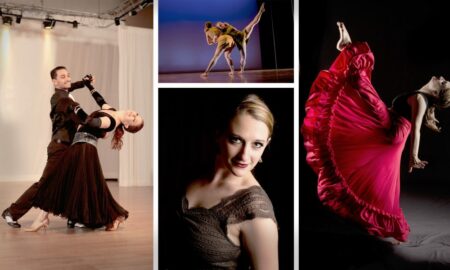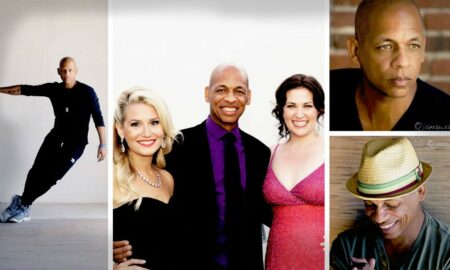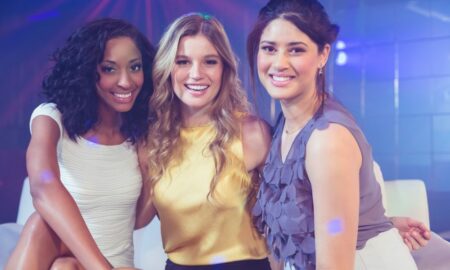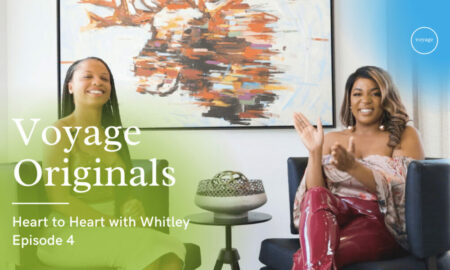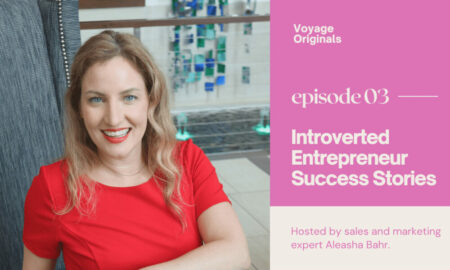

We recently had the chance to connect with Leah Kellaway and have shared our conversation below.
Leah, we’re thrilled to have you with us today. Before we jump into your intro and the heart of the interview, let’s start with a bit of an ice breaker: What makes you lose track of time—and find yourself again?
Drawing and painting traditionally, every time.
As an illustrator, I think most people are often surprised when they hear that there is more to do for a small creative business than the artwork itself. More often than not, the preliminary marketing and administrative work as well as all of the artwork cleanup and finalization, which I often do digitally, is the most tedious and takes the most amount of time. Sometimes my projects won’t even incorporate traditional mediums, due to certain factors of the project scope.
But when I finally get to put pencil or brush to paper or panel, that’s when I find myself again. I got lost in the pencil strokes or in the slow build up of color. Over time, I get to hone into the details and I watch as a work of art comes to life. Suddenly, I look up, and the whole day (or night) has simply flown by. I think, ‘am I truly the individual that created the piece of art in front of me?’
This is when I realize I truly get to do what I love via the artwork that I create, and those moments always find me when my creative journey needs that divine inspiration the most.
Can you briefly introduce yourself and share what makes you or your brand unique?
My name is Leah Kellaway, and I am a versatile mixed media illustrator who blends illustration, fine art, and design to solve creative problems for a wide variety of creative clientele. After a decade of working as a graphic designer in higher education, I founded Kellaway Creative Collaborative in 2023 to provide visual storytelling to a variety of industries, from publishing and entertainment to galleries, small businesses, and nonprofits.
As an illustrator, I am a storyteller, seeking to engage audiences through stories told visually. I pull audiences in through my use of texture, vibrant color, and bold shape language to communicate messages that empower and inspire, whether through an illustrated cover, movie poster, mural, or a variety of other formats.
My background as a graphic designer is a steadfast foundation for my illustrative work, allowing me to use my skillsets in diverse ways based on each individual project.
Most recently, I’ve had the honor of working with Hero Complex Gallery, Gallery 1988, Sojourners Magazine, Shenandoah University, Drop Magazine, Paragon Books, ABV Gallery & Agency, Paint Love, and Spoke Art Gallery, with the intent to work with more clients in the publishing, editorial, and entertainment industries.
Amazing, so let’s take a moment to go back in time. What was your earliest memory of feeling powerful?
Imagine this:
I’m sitting at my desk, having completed whatever standardized testing that Georgia required when I was in middle school. I was a bookworm (and I still am), but Georgia had recently mandated that students were not allowed to read after tests, to prevent cheating. I had just been informed, and I was distraught. There had been so much time left before my fellow students would be finished with their own tests, and all I had was a pencil, some notebook paper, and the 1,000 page fantasy book that I was halfway through reading and dying to jump back into.
Well, if I couldn’t read the book, I might as well draw it.
That was the first day that I used reference to draw – a necessary skill for a budding illustrator. I had never drawn a still life, yet here I was, making my own.
What I created in those remaining 30 minutes of standardized testing was the most real thing I’d ever drawn (up until that point, of course). I knew, looking down at that #2 pencil in my hand, that this was the tool that would help me breathe beauty and my own personal power into the world.
To this day, a pencil is still my favorite tool.
What have been the defining wounds of your life—and how have you healed them?
I’m an only child of a murdered father and a mother whose creative path was destroyed by his loss.
From the age of three years old until this day, I have watched my mother do her best to make her way as a creative force taking care of her child, regardless of the suffering she experienced, for as long as she could. After suffering alone for too long, her pain devoured her and her creative ability left her.
For a long time, this angered me.
She let what she loved go, or so I thought.
Over time, as I grew older, I realized this was not true. The reality is that everything she loved was taken from her. Everything but me. Her creative ability was never lost to this world. It lived on through me. What we experienced together crafted resiliency, passion, and determination for my craft and for those I love in ways no other form of pressure could have.
The loss and circumstantial aftermaths of these wounds are not something I’m sure will ever be fully healed, and they continue to rear their ugly heads by means of imposter syndrome and creative paralysis. But instead of listening to them and suffering, I now understand…
I can always pick up a paintbrush and heal another part of my soul.
Alright, so if you are open to it, let’s explore some philosophical questions that touch on your values and worldview. Where are smart people getting it totally wrong today?
Thinking that technology can create what humans can.
Creating is inherently human – whether you’re painting or writing, planting a garden or cooking a meal. However, we are currently living in an age where AI is on the rise, with the guise that by using it you’ll be able to create something just a beautiful as you had otherwise, but without all of the legwork.
The reality is, AI chatbots remove the skill-based act from the equation and are affecting our our ability to think critically. We may have the ability to present a problem, ask a question, or come up with an idea, but as soon as we turn to AI for the solution, we have stopped thinking and creating critically.
It may take longer to write and rewrite your own thoughts. I probably wouldn’t be taking so long answering these (really fabulous) interview questions if I had used AI! But instead, you have answers about myself, my journey, and my work that are answered with depth, intention, and authenticity. Would I even have had the opportunity to be here for this interview if I had built my business and professional portfolio on auto-generated artwork?
Okay, so before we go, let’s tackle one more area. What is the story you hope people tell about you when you’re gone?
That I put care into everything I touched.
That I brought joy and brightened rooms.
That I felt deeply for those around me.
That I made others feel safe, secure, and loved.
That I built communities in all aspects of my life.
That I did my best, even when I didn’t succeed.
That I visualized stories that needed to be told.
That I was resilient, in all things, and that I made my dreams come true.
Contact Info:
- Website: https://www.kellawaycreative.co
- Instagram: https://www.instagram.com/kellawaycreative
- Linkedin: https://www.linkedin.com/in/leahkellaway/
- Other: https://linktr.ee/kellawaycreative
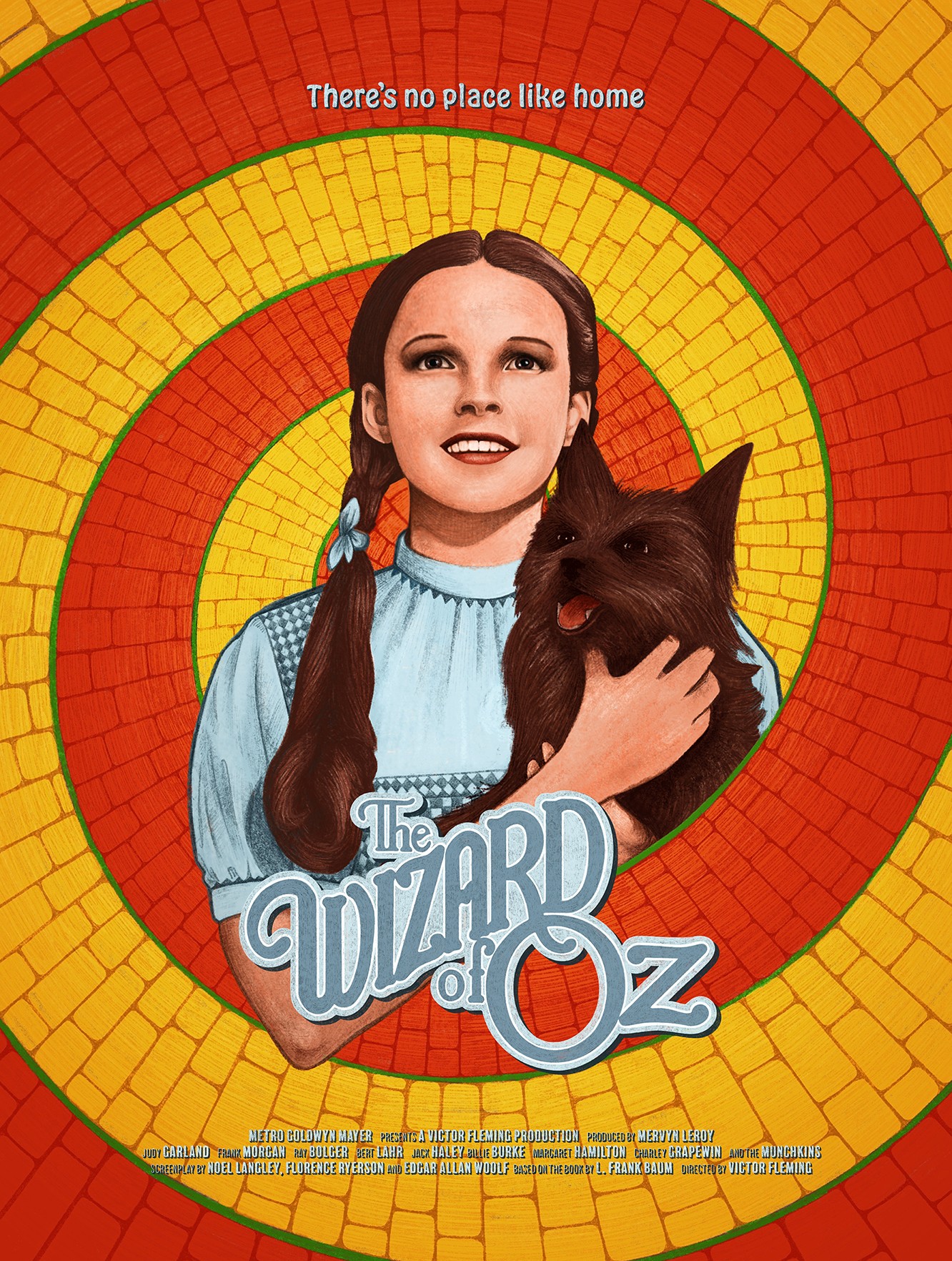

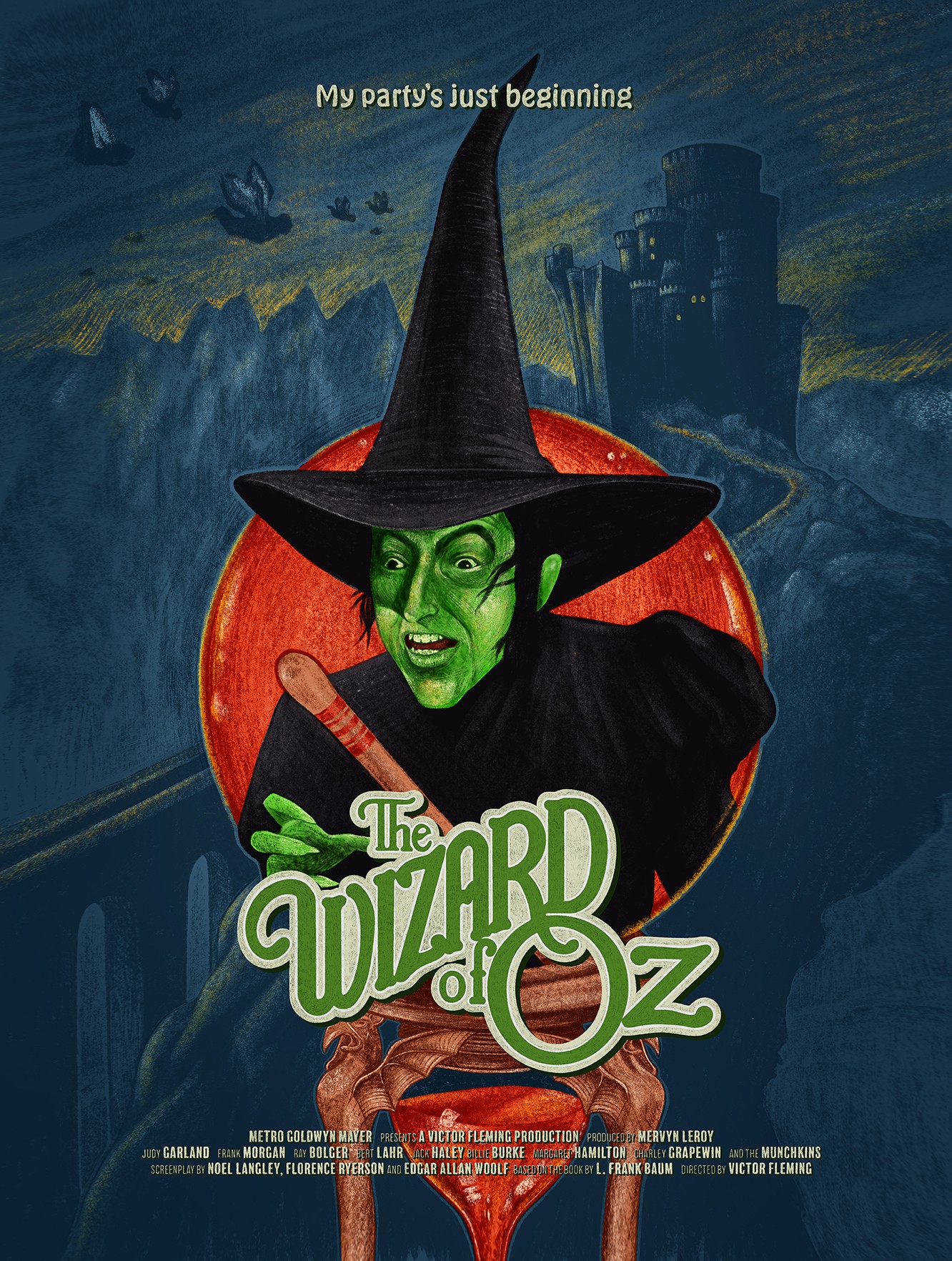
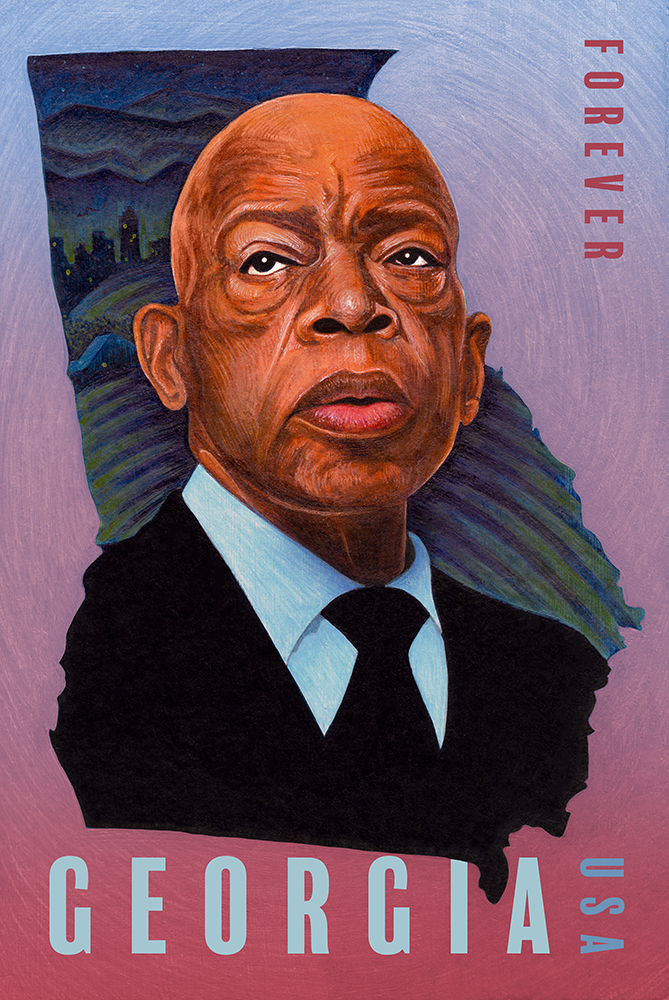

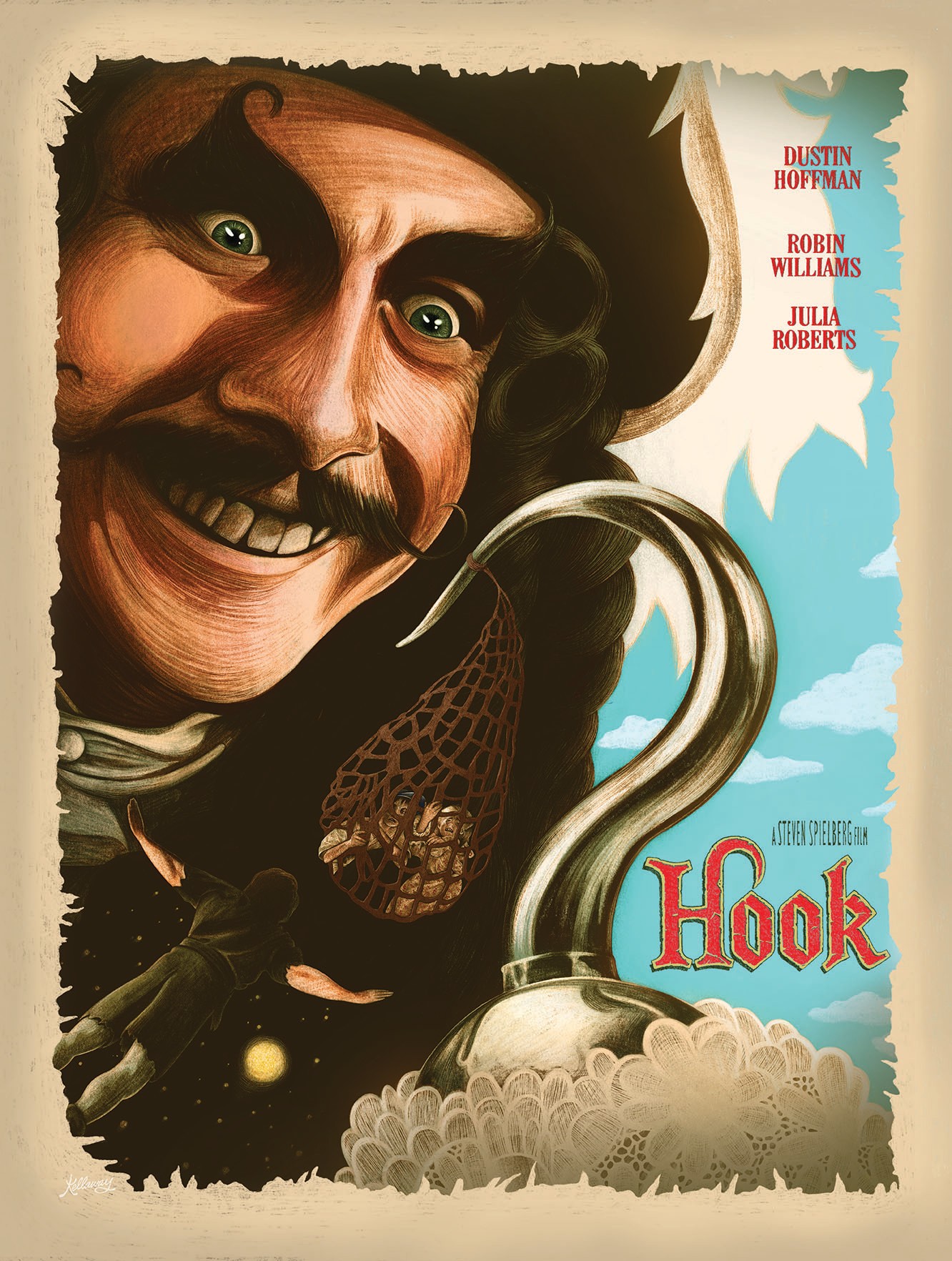
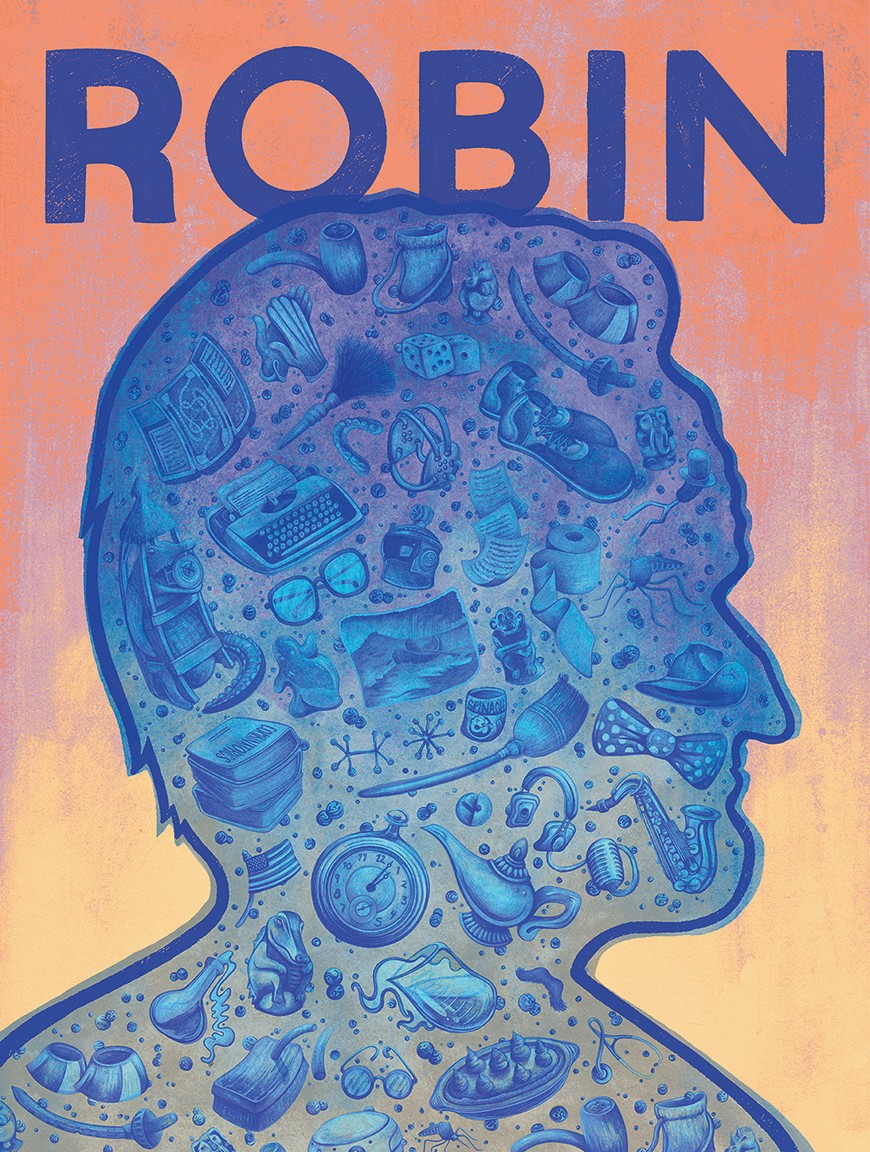

Image Credits
Headshot: Elle Wood Photography (https://www.ellewoodphoto.com/)
Illustrations: Leah Kellaway


